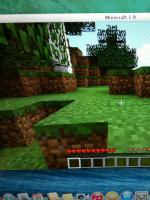
I was first introduced to Minecraft by one of my nephews about 4 or 5 years ago. My first thought was “Well this is pretty pointless. It will never catch on.” Boy was I wrong. Since its inception in 2011, Minecraft’s popularity has soared finding acclaim from critics and educators alike. Students love it, teachers love it, critics love it...but I still just didn’t get it.
That is until I went to the How to Be Dangerous with Minecraft PD at the Cranston Public Library. This hands on, interactive training open my eyes to the endless possibilities for creative opportunities by using Minecraft in my library. And by the time the training was over, I was hooked!
Minecraft is an open world game that really has no goals except for those agreed upon by the users. The game lets users get creative by building their own worlds with an assortment of materials. The possibilities for construction are limitless.
Emily Brown, Coordinator of Youth Services for Cranston Public Library led the training by walking attendees through the process of getting started and how the basic controls work and allowing some time for exploring. First we looked at Survival Mode where players gather materials and fend off monsters. After several zombie attacks and respawns, we moved on to Creative Mode. In this mode, players already have all of the materials at their disposal and do not need to worry about monster attacks. Creative mode is just that: an open space to make what you want.
While I was slowly becoming addicted and focused on building my Minecraft library I was also becoming inspired. Maybe my students could use Minecraft to build models for their research projects. Or perhaps I could somehow embed my lessons into the game and students could self-navigate through a unit. Or we could possibly start an afterschool club! The stream of ideas was endless. Fortunately Emily was prepared with some great practical tips and advice for starting Minecraft programs in our libraries. Ms. Brown’s advice on how to get groups logged on, setting up stations, and sharing worlds, servers, and more, left me feeling confident and ready to roll out some programming.
I’m not willing just yet to publically admit that I’m a complete devotee of the Minecraft mania, but armed with greater knowledge and understanding, I am eager to harness the excitement that Minecraft generates among my students and use it to build interest in my library programming.
